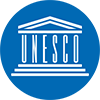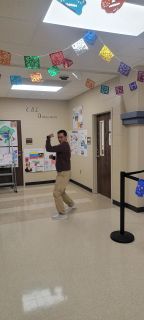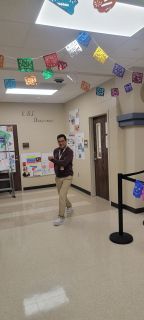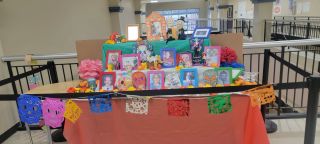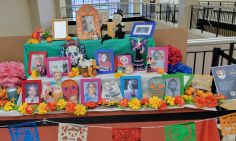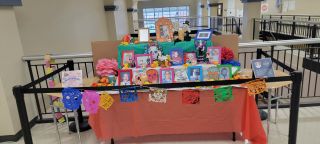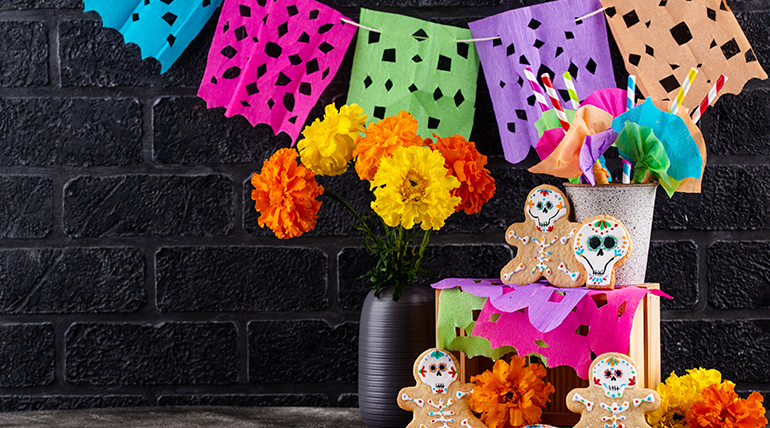
Día de los Muertos (Day of the Dead)
Día de los Muertos is a traditional Mexican holiday celebrated on November 1st and 2nd. It is a time to honor, remember, and celebrate loved ones who have passed away, combining Indigenous practices with Catholic influences. Though associated with death, Día de los Muertos is a joyful and colorful celebration, symbolizing the belief in an afterlife and the continued connection between the living and the dead.
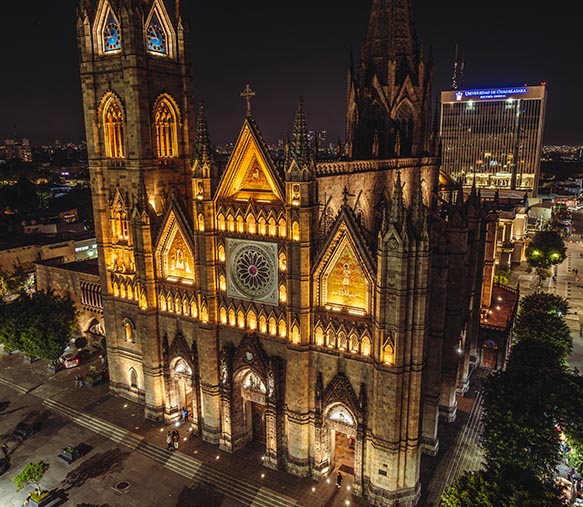
Historical Background
![]() Indigenous Roots: Día de los Muertos
traces back to ancient Indigenous cultures in Mesoamerica, especially the Aztec, Maya, and
other Nahua groups, who believed in cyclical concepts of life and death.
Indigenous Roots: Día de los Muertos
traces back to ancient Indigenous cultures in Mesoamerica, especially the Aztec, Maya, and
other Nahua groups, who believed in cyclical concepts of life and death.
![]() Catholic Influence: With the arrival of
Spanish colonizers, the holiday merged with Catholic observances of All Saints’ Day (November
1) and All Souls’ Day (November 2), blending Indigenous and Christian traditions.
Catholic Influence: With the arrival of
Spanish colonizers, the holiday merged with Catholic observances of All Saints’ Day (November
1) and All Souls’ Day (November 2), blending Indigenous and Christian traditions.
Key Dates
![]() November 1st – Día de los Angelitos (Day of the
Little Angels): Honors the spirits of deceased children, often considered pure
and angelic.
November 1st – Día de los Angelitos (Day of the
Little Angels): Honors the spirits of deceased children, often considered pure
and angelic.
![]() November 2nd – Día de los Difuntos (Day of the
Dead): Celebrates the lives of deceased adults, with families and friends paying
respects.
November 2nd – Día de los Difuntos (Day of the
Dead): Celebrates the lives of deceased adults, with families and friends paying
respects.

Simbolism and Traditions
Photos of the Deceased
To honor and remember the individual’s presence.
Marigolds (Cempasúchil)
Bright orange marigold flowers are thought to guide spirits back to the living world through their vibrant color and fragrance.
Sugar Skulls (Calaveras)
Colorful, edible skulls represent the deceased and serve as reminders of the cycle of life and death.
A sweet bread
Often decorated with shapes resembling bones, symbolizing the connection between the living and dead.
DCandles
Placed on the altar to light the way for spirits, helping them find their way back to the world of the living.
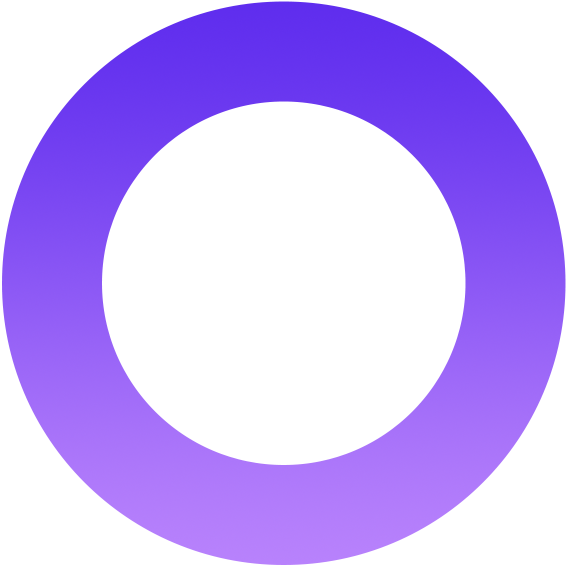
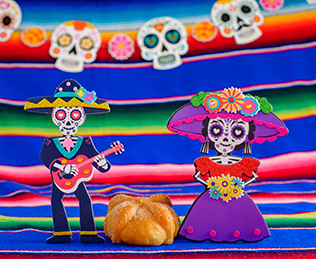
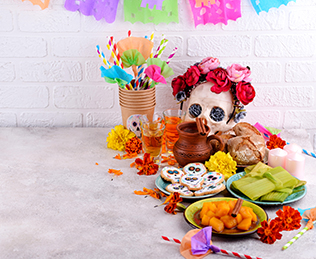

Cultural Celebrations
Face Painting and Costumes
A popular tradition is painting faces in the style of sugar skulls or dressing as La Catrina. This iconic symbol of Día de los Muertos represents death with elegance and dignity, reflecting the holiday's balance of reverence and celebration.
Music and Dance
Communities and families gather to honor the dead with music, songs, and traditional dances. These performances create a festive and celebratory atmosphere, symbolizing the vibrant connection between life and death.
Decorations and Offerings
Homes, cemeteries, and streets are adorned with marigold petals, colorful banners, and candles. These decorations create a welcoming path for returning souls, highlighting the spiritual connection central to the celebration.

Regional Variations
Mexico City
Hosts grand parades, including a Día de los Muertos parade featuring traditional costumes, floats, and music.
Oaxaca
Known for its elaborate altars and artistic sand tapestries (tapetes de arena), Oaxaca’s celebrations also include nighttime cemetery gatherings.
Michoacán
In the region of Pátzcuaro, communities gather on the lake to honor the dead with candlelit vigils, an iconic image associated with Día de los Muertos.
Importance of Día de los Muertos
Honoring
the Dead
The holiday of Dia de los Muertos allows families to remember and celebrate loved ones, keeping
their memory
alive and cherished.
Connecting
Generations
Día de los Muertos passes down cultural values, stories, and family history, linking generations through shared remembrance.
Celebrating Life and Mortality
Rather than focusing on loss, the holiday emphasizes the cyclical nature of life and the joy of
reuniting with loved ones,
even if only spiritually.
Modern-Day Influence and Global Recognition
In 2008, UNESCO declared Día de los Muertos an Intangible Cultural Heritage of Humanity, recognizing it as a cultural tradition of universal value.
